Farming

Learn to identify insects as beneficial or pests. The colorful images and plant injury information provided can help you make treatment decisions. Also included are sampling methods and economic thresholds.
Always identify insects correctly and decide if they are beneficial or pests before making a treatment decision. Seek the help of a regional Extension agent or send samples to the Pest Diagnostic Lab in Auburn or Birmingham. Readers are encouraged to subscribe to the Alabama IPM Communicator newsletter listed at the end. More pest management articles and IPM training videos are available on the Beginning Farmer website and the Beginning Farmer Project YouTube channel.
Tomato Insect Pests & Scouting Methods
| Name | Plant Injury | Sampling Method & Economic Threshold (ET) |
|---|---|---|
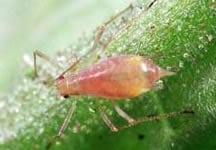 Aphid | Leaves, stem; early season pest |
|
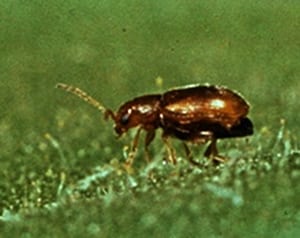 Flea beetle | Seedling leaves; defoliation threatening on a <6-inch plant; 3–4 generations can damage a lot of crop |
|
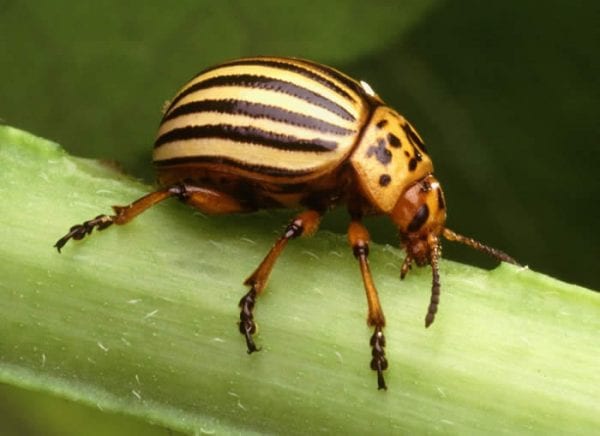 Colorado potato beetle | Seedling leaves; defoliation less threatening on mature plants; has shown insecticide resistance in some areas |
|
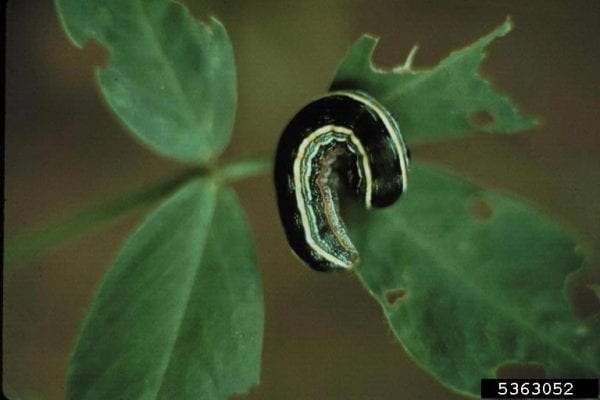 Armyworm | Has become a major pest across the state. Larve make 1/6 inch round holes on fruits and may skeletonize leaves in early stages. |
|
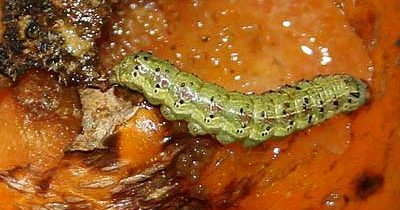 Tomato fruitworm | Key insect of tomato and many other crops; feeding on fruit can severely reduce yields; prefers green fruit and stem end; larvae feed with part of body inside fruit; resistant to some insecticides |
|
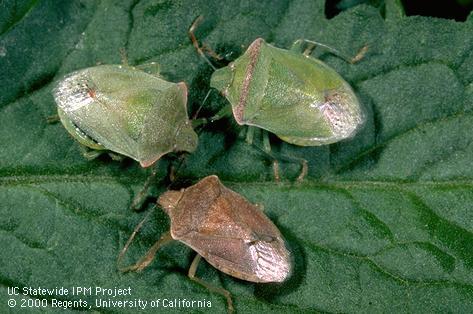 Stink bug | Causes serious damage to ripening fruits (whitish-yellow spots or rings under skin) |
|
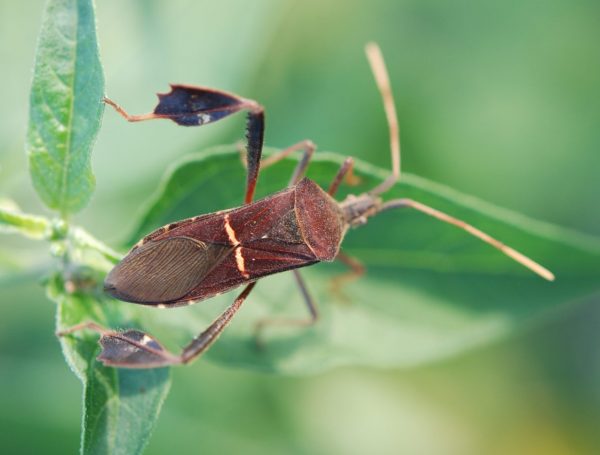 Leaffooted bugs | Causes serious damage to blossoms and fruits similar to that of stink bugs. Also introduces yeast inside fruit during deep probing. |
|
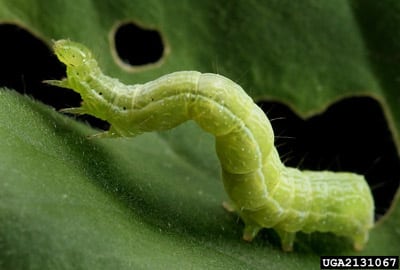 Cabbage looper | Leaves are damaged but fruits are spared; minor pest |
|
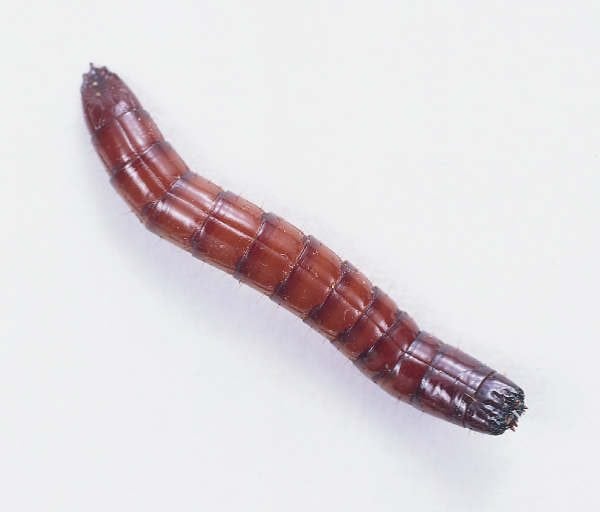 Wireworm | Can be a major problem early on because it severs seedlings while living at the soil-air interface; beetles are very attracted to grassy crops or weedy landscapes |
|
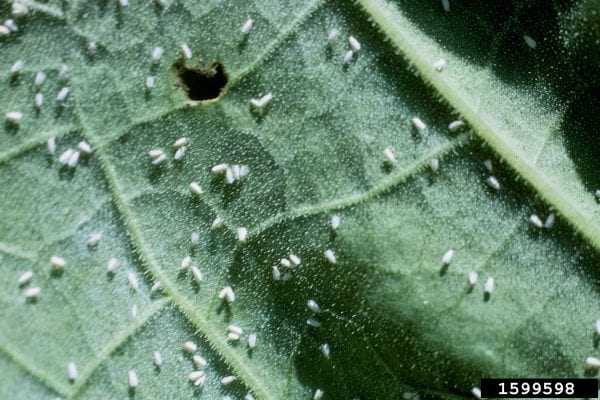 Whitefly | Occasionally becomes a major pest in South Alabama. Overuse of insecticides can increase population. |
|
IPM Web Resources for Specialty Crop Producers
- Download the Farming Basics mobile app for insect pest identification, communication with an Extension agent, and other useful information.
- The Beginning Farmer playlist on the Alabama Cooperative Extension System YouTube channel has many IPM training videos.
- Alabama IPM Communicator newsletter (current issue and archives) on the Alabama Extension website at www.aces.edu/ipmcommunicator.
- Alabama SARE program (for organic producers): www.southernsare.org/SARE-in-Your-State/Alabama.
Ayanava Majumdar, Extension Specialist, Auburn University; Ann Chambliss, Outreach Programs Administrator and IPM Program Assistant; and Neil Kelly, James Miles, Gary Gray, Chris Becker, County Extension Coordinator; Gerald McQueen, Retired Regional Extension Agent; and Lloyd Chapman, Regional Extension Agents
Reviewed July 2023, Tomato Insect Pests & Scouting Methods, ANR-2206

